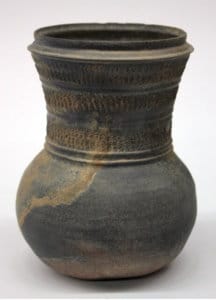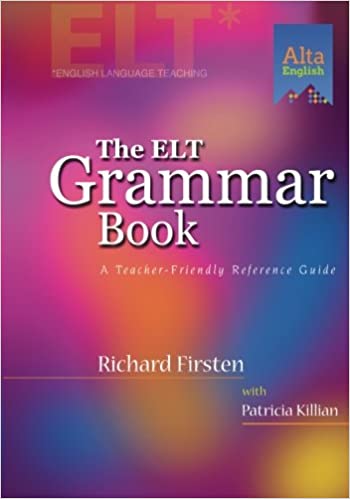When it comes to producing really good language, adjectives that describe things are the spice of life. In any language, good writers are praised for the ability to write descriptions that are varied and creative.
One of the trickiest things about adjective use in English is that different adjectives need to go in different orders. A phrase that contains adjectives and a noun must put its words in the following order (with adjectives of size listed first and adjectives of purpose listed last, right before the noun):
opinion(1st)>size(2nd)>shape(3rd)>condition(4th)>age(5th)>color(6th)>pattern(7th)>origin(8th)> material(9th)>purpose(10th)>noun
There are three other less common types of adjectives not listed in the adjective order rules above: adjectives of order (first, second, third, last, etc…) and adjectives of frequency (frequent, infrequent, rare, common, etc…), and adjectives of degree (extreme, a little, somewhat, very, etc…). When these three types of adjectives are used, they must appear at the very beginning of a string of adjectives, with order at the beginning, followed by frequency, with degree coming in third. So the full order or adjectives in English actually looks like this:
order(1st)>frequency(2nd)>degree(3rd)>opinion(4th)>size(5th)>shape(6th)>condition(7th)>age(8th)>color(9th)>pattern(10th)>origin(11th)>material(12th)>purpose(13th)>noun
This long, elaborate adjective order list can look confusing at first. What does it mean, and why is it important? Well, for one thing, the fact that adjectives in English must be listed in a specific order means that listing them out of order can be confusing to native English speakers.
In an extreme case, suppose you were to describe something using all 13 adjective types. You’d probably have to do it in writing, because speaking out a string of thirteen adjectives would be really hard for anyone to follow. But even in writing, a description that long could be a little bit challenging to readers. Your only hope of being understood when you give such a long description is to list the adjectives in the completely correct order. Otherwise, your description would seem highly unnatural and be very difficult to follow.
Let’s try a long description to see how word order works… and doesn’t work. I’ll describe a piece of art, with a photo of the art below my description:
- This is the first uncommon, very strange, humongous, round, worn-out, ancient, dark, grooved Korean clay food-storing pottery I’ve ever seen.

Photo by koreafilm
Look at the sentence above the pictured carefully and compare it to the 13-word adjective order I showed you. You’ll find that all adjectives are listed in correct sequence, with adjective-of-order first, adjective-of-frequency second, adjective of opinion third, and so on.
A native English speaker could do reasonably well at understanding the sentence above, especially with the added commas to separate different parts of the adjective list. However, with the adjectives not following the correct order, the sentence becomes almost unreadable. To really confuse a native user of English, try showing them this:
- This is the uncommon, strange, dark, humongous, food-storing, grooved, clay, Korean, first worn-out, ancient, round, very pottery I’ve ever seen.
With the order taken out of place, this sentence comes off as bizarre and nonsensical. Of course, an actual 13-adjective description would be very uncommon in English. But if you remove some adjectives to create a shorter description, the rules still apply: adjective types from earlier in the sequence must appear before adjective types that go later in the 1 through 13 order.
You can say the pot above is an “uncommon, very strange pot,” but you can’t describe it as “strange very uncommon” without your description sounding a little “off.” And you could say the pot is “the first humongous, ancient, grooved food-storing pot,” but you can’t say it’s “the grooved, ancient, humungous, food-storing, first pot.” That sounds weird, and readers would struggle to understand the adjectives if they appeared out of order in that way. Practice this word ordering in this interactive online game.
Now that we’ve gotten the trickiest thing about adjectives out of the way, we can work on the second trickiest adjective skill—knowing enough of them. To create really well-written English descriptions, you need a lot of variety in your vocabulary. In my next post on this subject, we’ll do a vocabulary-building exercise using adjectives to describe things.






Leave a Reply